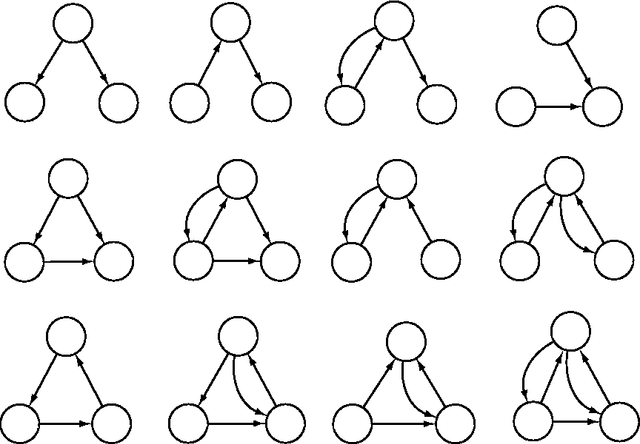Structure-semantics interplay in complex networks and its effects on the predictability of similarity in texts
Paper and Code
Mar 02, 2013



There are different ways to define similarity for grouping similar texts into clusters, as the concept of similarity may depend on the purpose of the task. For instance, in topic extraction similar texts mean those within the same semantic field, whereas in author recognition stylistic features should be considered. In this study, we introduce ways to classify texts employing concepts of complex networks, which may be able to capture syntactic, semantic and even pragmatic features. The interplay between the various metrics of the complex networks is analyzed with three applications, namely identification of machine translation (MT) systems, evaluation of quality of machine translated texts and authorship recognition. We shall show that topological features of the networks representing texts can enhance the ability to identify MT systems in particular cases. For evaluating the quality of MT texts, on the other hand, high correlation was obtained with methods capable of capturing the semantics. This was expected because the golden standards used are themselves based on word co-occurrence. Notwithstanding, the Katz similarity, which involves semantic and structure in the comparison of texts, achieved the highest correlation with the NIST measurement, indicating that in some cases the combination of both approaches can improve the ability to quantify quality in MT. In authorship recognition, again the topological features were relevant in some contexts, though for the books and authors analyzed good results were obtained with semantic features as well. Because hybrid approaches encompassing semantic and topological features have not been extensively used, we believe that the methodology proposed here may be useful to enhance text classification considerably, as it combines well-established strategies.
 Add to Chrome
Add to Chrome Add to Firefox
Add to Firefox Add to Edge
Add to Edge